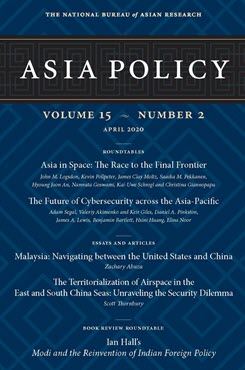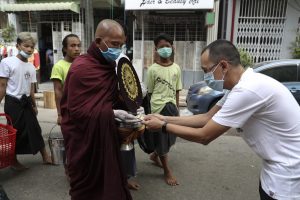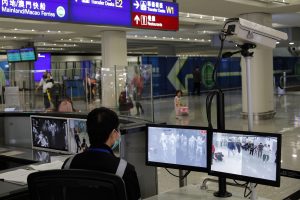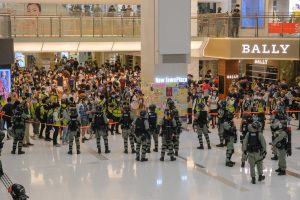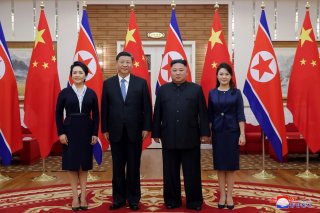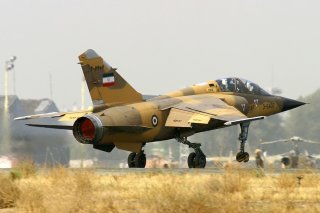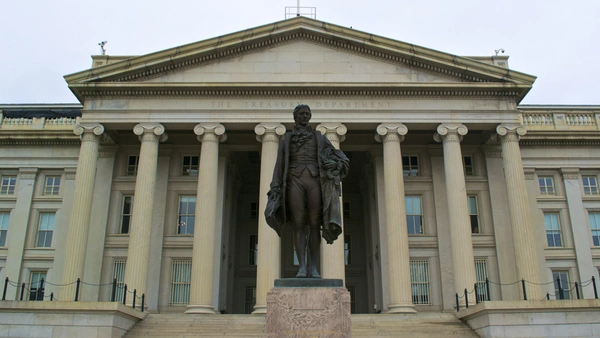by James McBride, Andrew Chatzky, and Anshu Siripurapu
The U.S. national debt is once again raising alarm bells. The massive spending in response to the pandemic of a new coronavirus disease, COVID-19, is projected to soon take the budget deficit to levels not seen since World War II. This expansion follows years of ballooning debt—totaling nearly $17 trillion in 2019—that will now be even more difficult to reduce.
Major budget legislation signed by President Donald J. Trump, along with continued growth in entitlements and higher interest rates, saw the debt on track to nearly double by 2029, coming close to the size of the entire U.S. economy. With the debt added in response to the pandemic, this will likely happen even sooner. That could expose the country to a number of dangers, economists say, and reducing it will require politically difficult decisions to curb entitlement spending, raise taxes, or both.
How did the debt get to where it is today?
The United States has run annual deficits—spending more than the Treasury collects—almost every year since the nation’s founding. The period since World War II, during which the United States emerged as a global superpower, is a good starting point from which to examine modern debt levels. Defense spending during the war led to unprecedented borrowing, with the debt skyrocketing to more than 100 percent of gross domestic product (GDP) in 1946. (The deficit is a yearly measure, while debt refers to the cumulative amount that the government owes. Measuring both deficits and debt as a proportion of GDP is a standard way of comparing spending over time, since it automatically adjusts for inflation, population growth, and changes in per capita income.)

